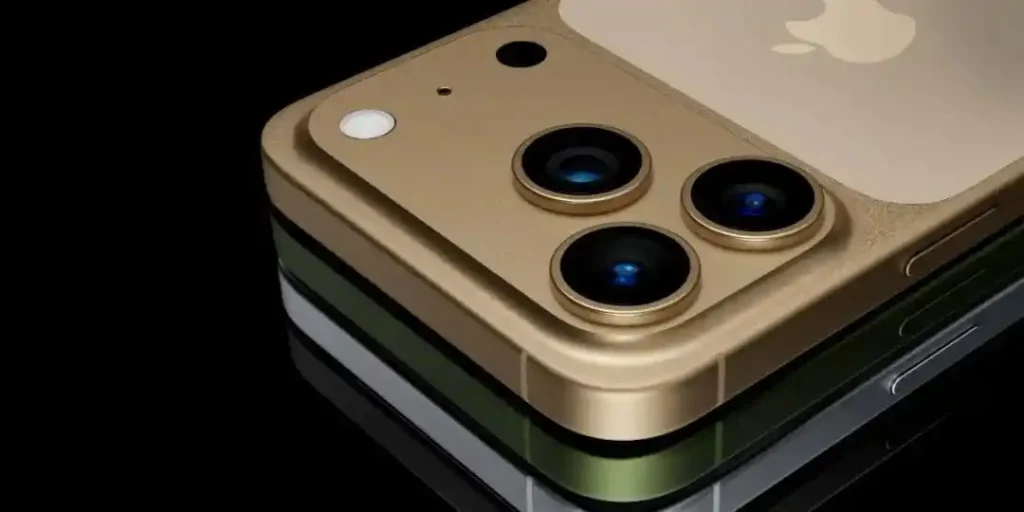Why does a 33-gram micro drone cost $190,000? It is hundreds of times more expensive than a DJI Mavic 3. What exactly is this “Black Hornet”? It is known as the “invisible vanguard” on the battlefield. It is small enough to be put in a pocket and flies silently. But on the battlefield between Russia and Ukraine, why is this thing always overshadowed by the $2,000 DJI drone? Today, let’s take a look at whether this sky-high-priced “Black Hornet” is worth the price. Is it really amazing or overestimated?
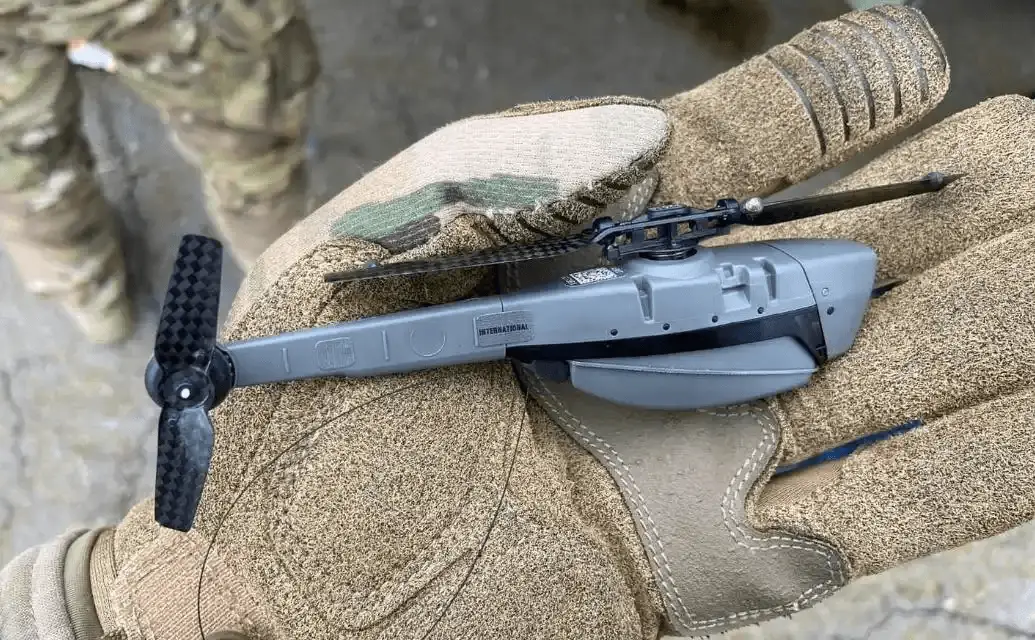
The Black Hornet drone, the name sounds cool, but it actually has a great origin. It was developed by a Norwegian company called Prox Dynamics, and was later bought by the American FLIR Systems—now called Teledyne FLIR—for $134 million. This company is no joke, it specializes in making high-tech equipment for NATO troops. The original intention of the design of the Black Hornet was to serve as a “clairvoyant” for individual troops. Imagine a soldier carrying a backpack and a drone smaller than a mobile phone in his pocket, which can be released at any time to scout the enemy, safe and efficient.
In 2019, the US Army placed an order of $40 million in one go and bought a bunch of Black Hornet 3s, intending to let every infantry unit carry this “mini scout”. This kind of pomp, for ordinary people like us, feels like buying a luxury car, which is very face-saving.
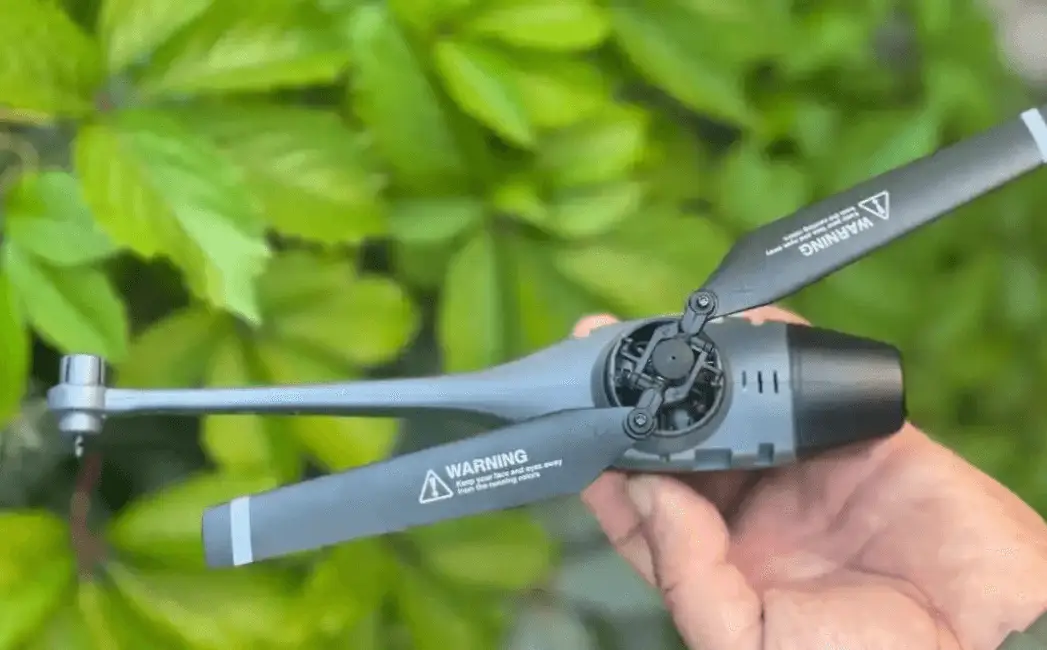
But how does this black bee perform on the battlefield? To be honest, it is a bit like “you can’t judge a book by its cover”. Although it is small, it has many functions: high-definition camera, thermal imaging, encrypted data link, GPS and visual navigation, and can fly and avoid obstacles by itself. The sound when flying is only 50 decibels. What a concept! It is quieter than the outdoor unit of your air conditioner. It is like a ghost flying at night.
In 2013, the British army used this guy in Afghanistan, and the effect was great. For example, there is a real case. The British army wanted to clear a village. Fearing an ambush inside, they directly released the black bee, which flew into the house and took clear pictures of the enemy’s position. The soldiers completed the task without showing their heads, and they avoided several tough battles.

Later, in Iraq and Syria, the Black Bee also made many contributions, specializing in close-range, stealthy reconnaissance work and saving the lives of many soldiers.
When it came to the Russian-Ukrainian battlefield, the Black Bee also went to Ukraine with Western aid. The Ukrainian army used it to scout Russian positions, which was indeed useful, especially in urban street fighting, flying into the building to see where the enemy was, saving the soldiers from taking risks. But the problem is that there are too few Black Bees, with only three in a system, and they will cry for a long time if one is broken. In addition, it is ridiculously expensive, and the Ukrainian army is reluctant to use it casually. On the other hand, the DJI Mavic 3 costs $2,000 each. Ukraine bought thousands of them through crowdfunding in 2022, and the Russian army also stockpiled a lot. This DJI is not only cheap, but can also be modified to hang a small bomb and be used directly as a “suicide drone”, flying more than ten kilometers without taking a breath. What about the Black Bee? The range is up to 2 kilometers, and it has to go home to charge after flying for 25 minutes. Want to hang a bomb?
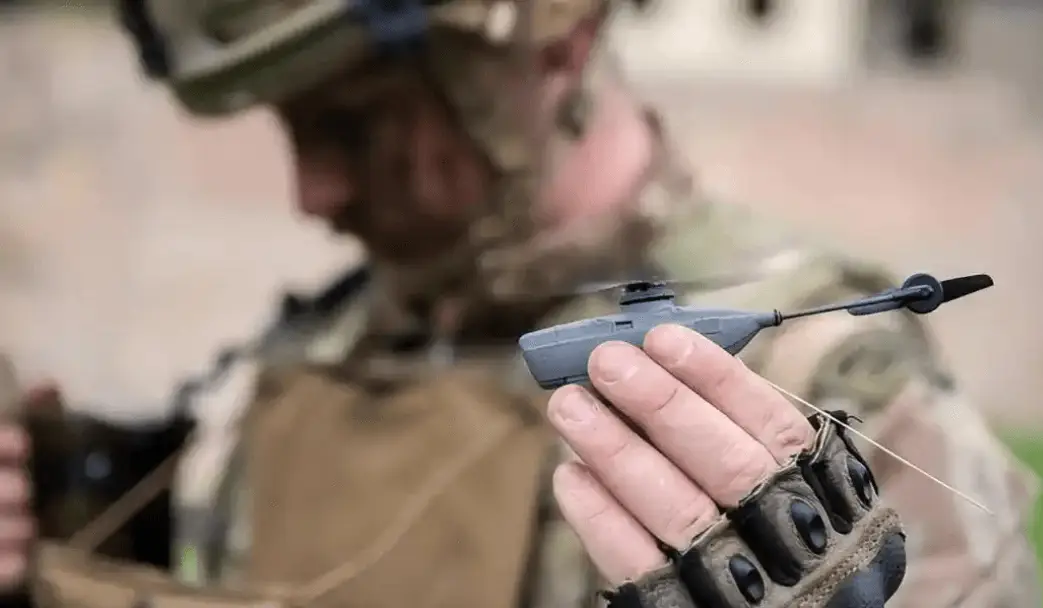
No way. Ukrainian soldiers complained after using it: Black Hornet is exquisite, but DJI is really “cheap and good quality”. Who doesn’t like “fast, good and cheap” on the battlefield?
To put it bluntly, the Black Bee’s technology is indeed amazing, but it also has its own “weaknesses”. Its battery is just like an old mobile phone. Once the battery is low, it will panic and it will have to stop flying for half an hour. How short is the range? 1-2 kilometers, a little further and it will have to “go home”. The wind resistance is also weak. When the wind speed is 5 meters per second, it will shake like a drunk.
Teledyne FLIR has also made some efforts. The latest Black Hornet 4 has extended its range to 2.5 kilometers, its wind resistance to 7 meters per second, and upgraded its night vision and thermal imaging capabilities, so it can clearly see the enemy’s shadow at night.
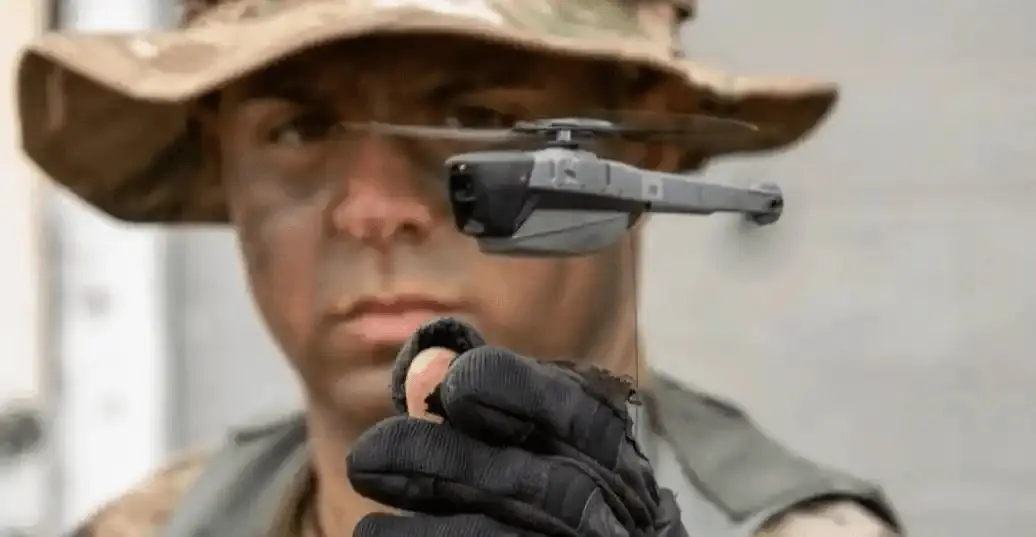
Unfortunately, the cost is still too high, $200,000 for one system, and maintenance requires professional base stations, so soldiers can’t repair it even if they want to. The Ukrainian soldiers kept shaking their heads when using it: This thing is good, but we have to focus on cost-effectiveness when fighting!
What’s more terrible is that the Black Bee’s opponent is not just DJI. China has also prepared a big move, called the “Hummingbird” micro-UAV. At the 2023 Zhuhai Air Show, this little guy immediately became the focus as soon as it debuted. It weighs 20-30 grams, has a range of 1.5 kilometers, is equipped with AI navigation and thermal imaging, and is as concealed as the Black Bee. The key price is low enough to be “affordable”. Some media estimates that the cost of the Hummingbird may be only a fraction of that of the Black Bee, and it is aimed at the export market. Isn’t this clearly an attempt to steal business? China North Industries Group Corporation has announced that the Hummingbird has begun small-scale trial production, and it may be upgraded to a “swarm” mode in the future. A group of small drones will be able to do everything from reconnaissance, interference, and attack.
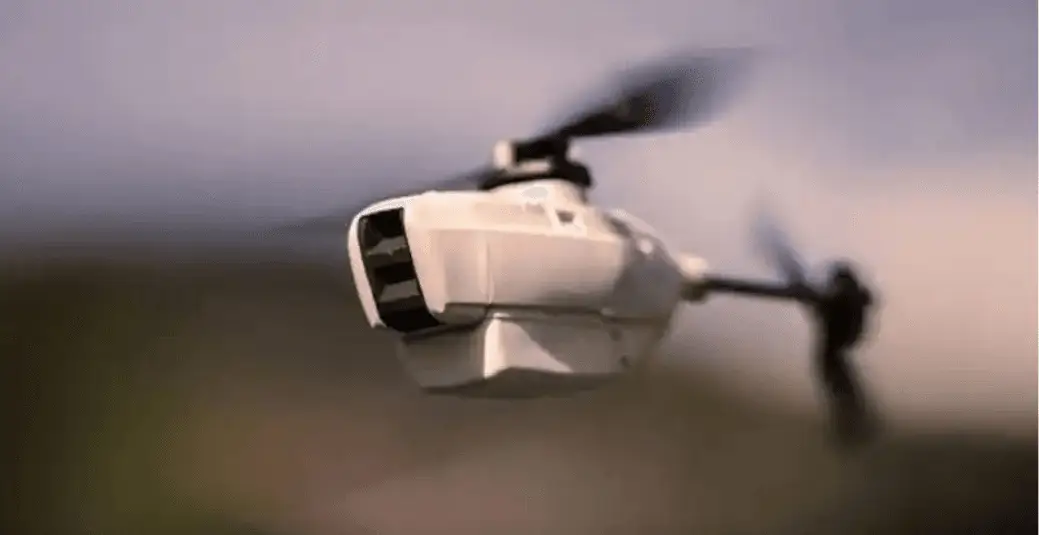
Teledyne FLIR was anxious and quickly announced that it would launch the Black Hornet 5 in 2025, focusing on low cost, and intends to compete with the Hummingbird. This is like a “drone world cup”.
In fact, the difference between Black Hornet and DJI is the difference between “nobles” and “civilians”. Black Hornet is exclusive to special forces, focusing on concealment and precision, suitable for small-scale high-value tasks, such as counter-terrorism and decapitation operations. What about DJI Mavic 3? It is a “jack of all trades” on the battlefield, capable of doing everything from reconnaissance, strikes, to artillery calibration. On the Russian-Ukrainian battlefield, the Ukrainian army used DJI as its “eyes”, flying over the Russian army’s heads to aim at the target, and the artillery fired accurately. Black Hornet wants to do this job? The endurance is not enough, the range is not enough, and the load capacity is not enough. Ukrainian soldiers chatted privately and said: Black Hornet is a “cold goddess”, looks good, but is difficult to use; DJI is “the old Wang next door”, no airs, and works efficiently. This is a rough but true statement, on the battlefield, practicality is the hard truth.
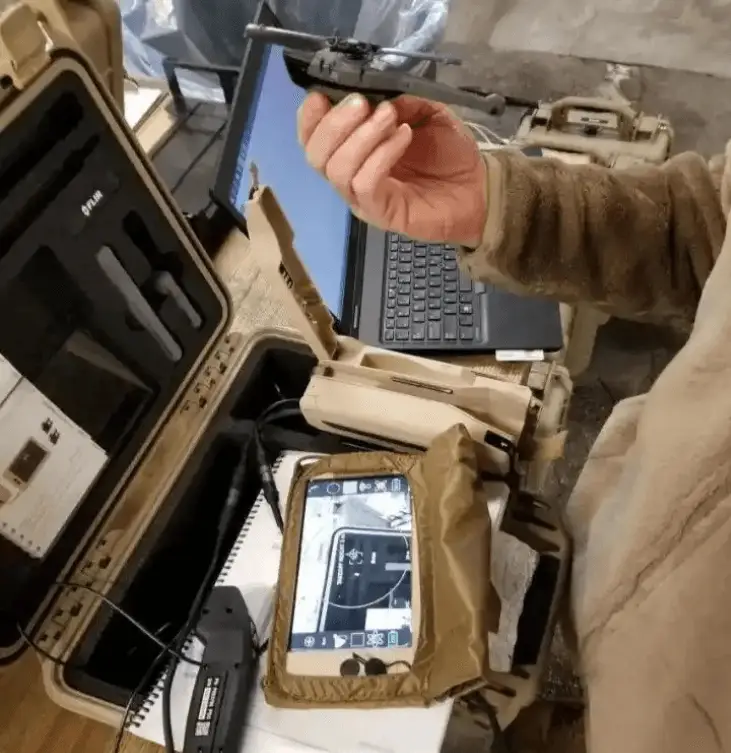
However, we cannot say that the Black Bee is useless. Its technology does represent the top level of micro-UAVs. The low noise of 50 decibels, the encrypted data link, and the flexible body that can get into the window are all unmatched by DJI. If the battery technology breaks through in the future and the range is doubled, the Black Bee may be able to “turn over and sing”. Moreover, the use of drones is not limited to fighting. Small guys like the Black Bee can be used for rescue, counter-terrorism, and even filming. For example, in earthquake relief, sending it to fly into the ruins to find survivors is fast and safe. In counter-terrorism operations, it can sneak into the terrorists’ lair and take pictures of evidence. If the price drops in the future, the civilian market will also have a share.
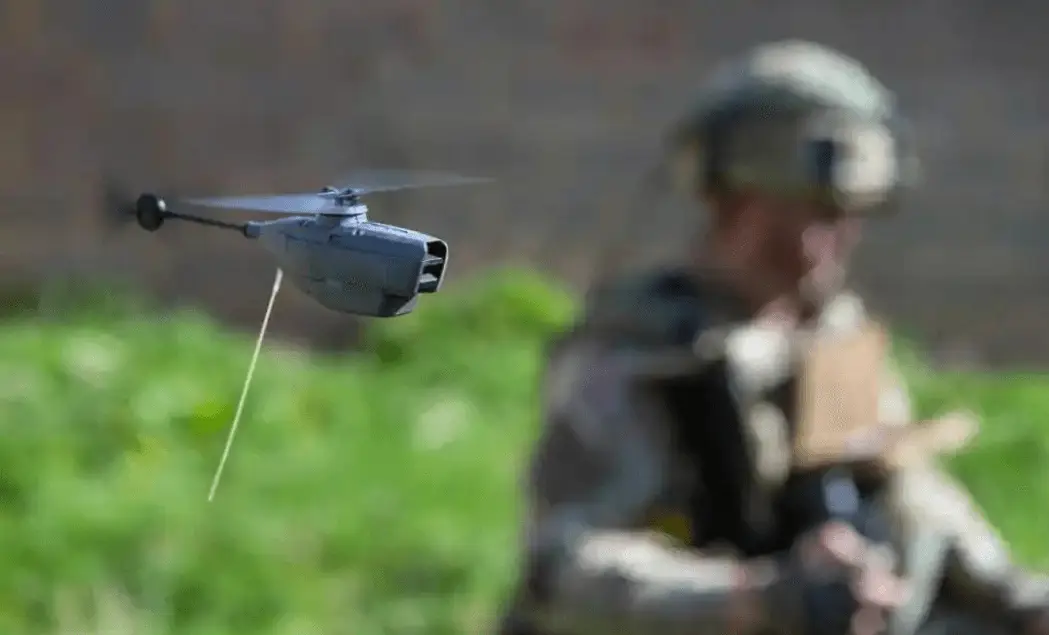
Speaking of the future, the competition of micro drones has just begun. The Black Hornet 5 is already on the way, and Teledyne FLIR is trying its best to reduce costs to keep the NATO market. China’s Hummingbird is not to be outdone. Relying on its price advantage, countries in the Middle East and Africa have begun to inquire about prices. What about other countries? Israel, Turkey, and India are all developing their own micro drones, and everyone wants to take a bite of this cake. This scene is just like the smartphone war of the year. Technology, price, and practicality, any link that fails will be eliminated. 2025 is estimated to be a watershed in the micro drone market. Whoever can balance performance and cost will have the last laugh.
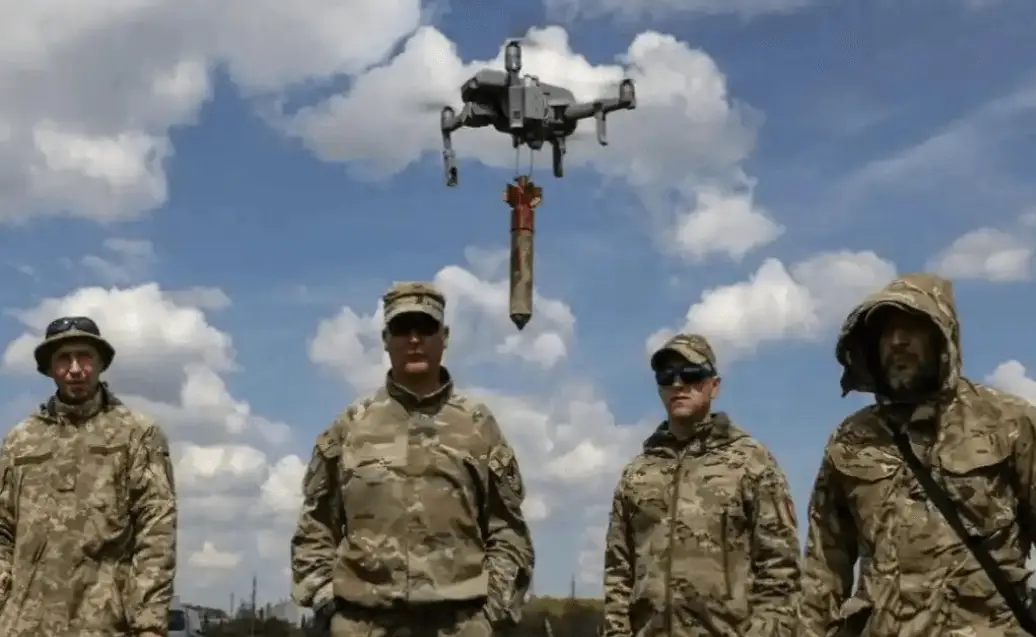
Drones on the battlefield compete not only on technology but also on cost-effectiveness. The Black Bee is a pioneer, but the future belongs to the “bee colony” that can fly farther and save more money.
(Disclaimer) – The process and pictures described in the article are from the Internet. This article aims to promote positive energy in society and does not contain vulgar and other bad guidance. If there are any copyright or character infringement issues, please contact us in time and we will delete the content as soon as possible!
